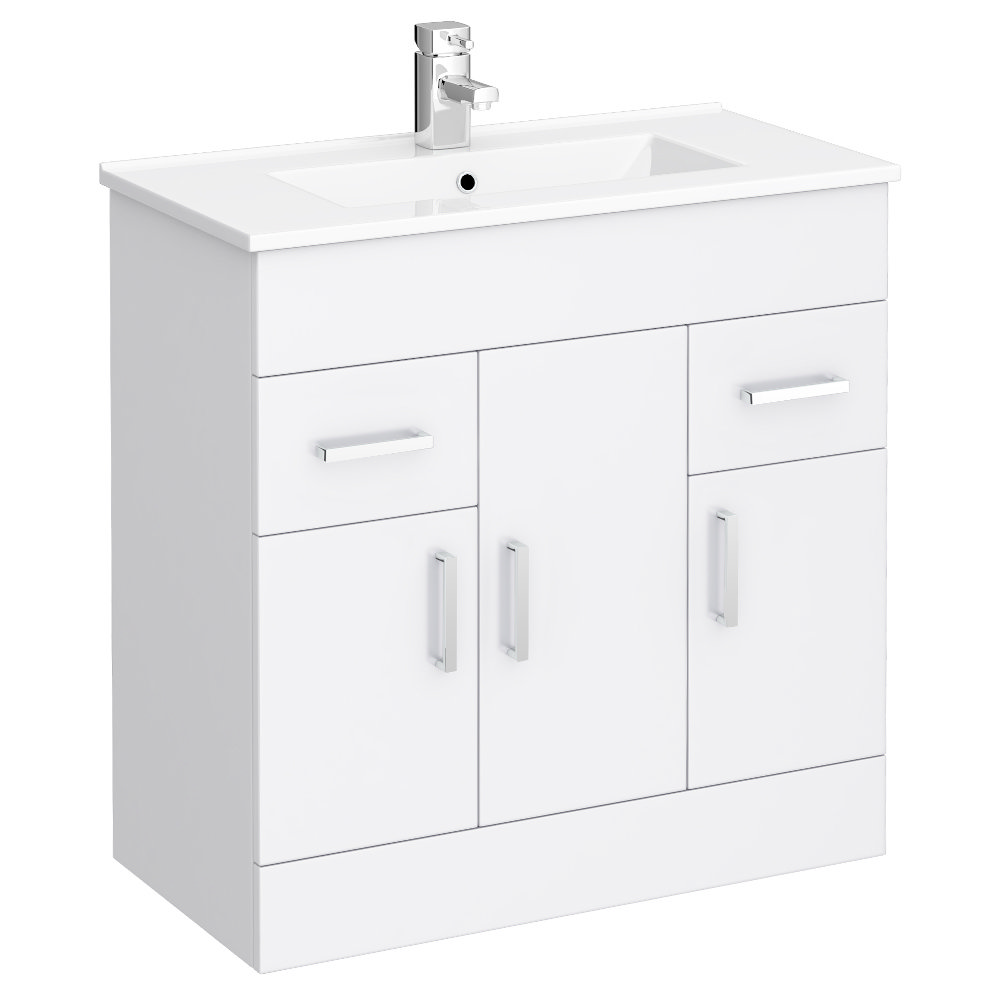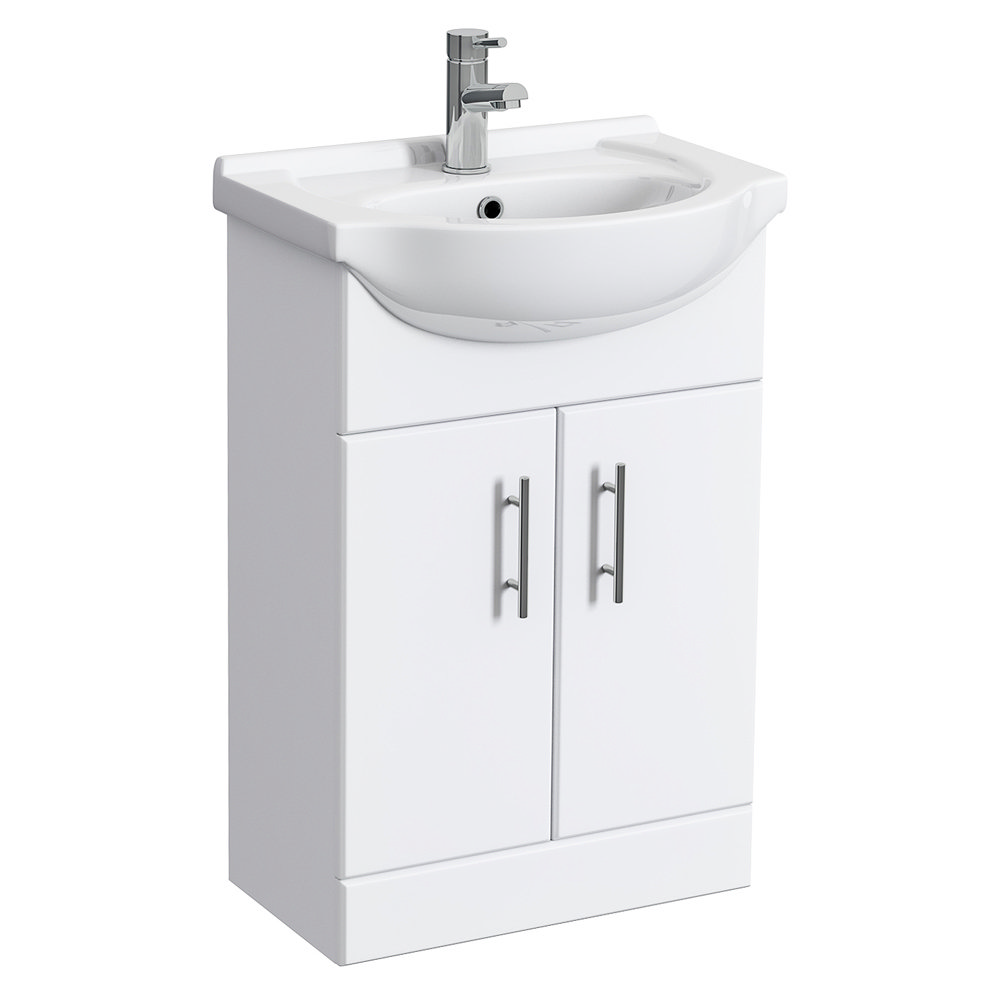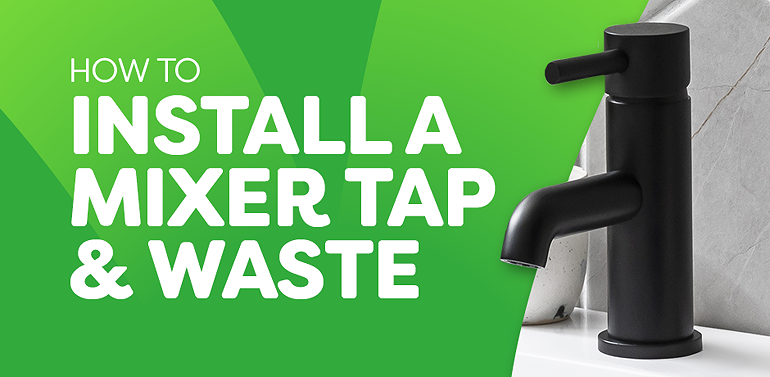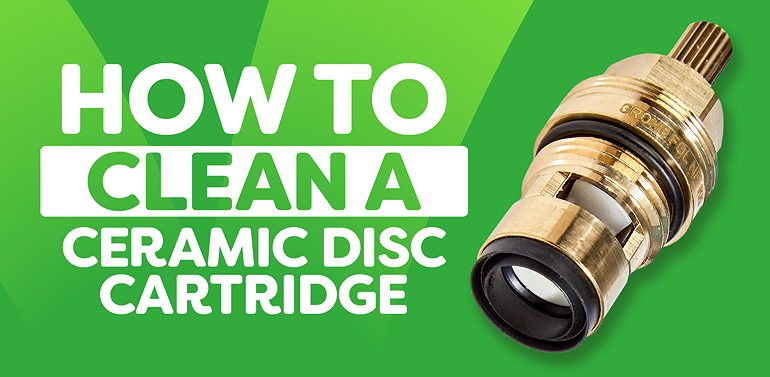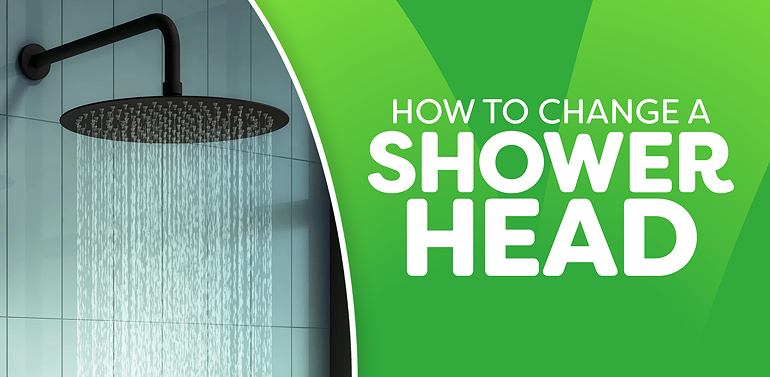EASTER OFFER: FREE DELIVERY ON ORDERS OVER £99!**
Delivery Offer Must End Soon!
how to install a vanity unit
How to Install a Vanity Unit
A vanity unit adds a stylish, functional element to your bathroom. In this DIY guide we explain how easy they can be to install yourself.
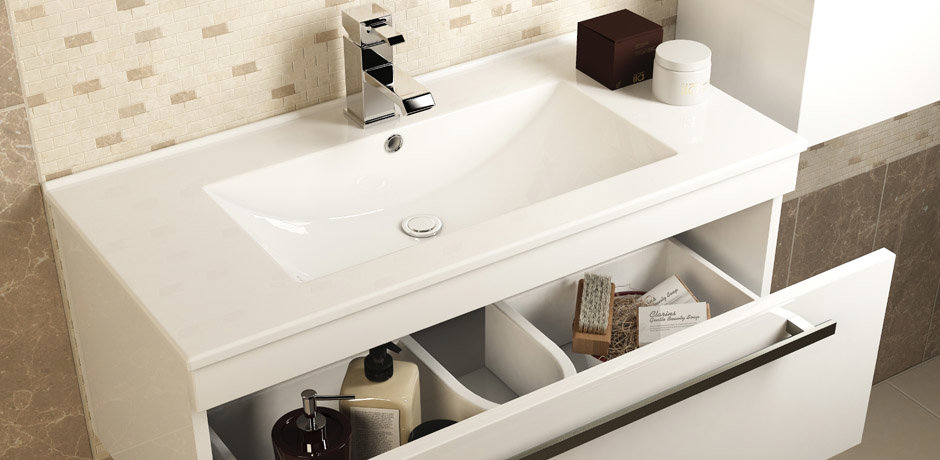
- Removing the old basin
- Positioning the new vanity unit
- Fitting the new vanity unit
- Sealing and testing
Jump to a section of this post by clicking a link above.
How To Fit A Vanity Unit
If you want a practical, stylish upgrade for your bathroom, installing vanity units is a great way to get things looking fabulous while also keeping space at a premium. Whether you want to tidy your necessities neatly away in a large bathroom, or simply want to save room in your en-suite bathroom, a vanity unit is an ideal choice. But how easy are these bathroom cabinets to install yourself? Well they actually aren’t too difficult to tackle, all you need to do is follow Victorian Plumbing's expert step-by-step DIY guide and you’ll have a great addition to your bathroom in no time!
Step 1. Removing the old basin
The first thing to do is rip out that old basin. Although it might be tempting to attack it all guns blazing, it’s best to take your time and approach things carefully to avoid causing any damage. Switch off the main water supply before you begin, and disconnect the water supply lines for the hot and cold valves and basin trap. If your previous basin was part of a vanity unit it may be secured either by screws or caulking. To safely remove caulking, take either a sharp razor blade or box cutter and carefully cut through it. This should loosen the unit enough for it to be removed from the wall.
Step 2. Positioning the new vanity unit
Measure out on the wall exactly where the new unit will be placed and make some markings with a pencil as a guide. Many vanity units are open at the back, however in some cases you might need to drill holes for the pipes to be inserted into the back of the unit so ensure you have a good quality drill available before attempting this to achieve a clean finish. Proceed to drill holes where appropriate in the back of the unit and make sure that any rough edges are gently sanded smooth. Position the unit into place, making sure the fitment is flat against the wall and it is not obstructed in any way.
Step 3. Fitting the new vanity unit
With your measurements taken, it’s time to align things properly. Double check that all the pipes match up perfectly with the holes you’ve drilled before reconnecting them. To ensure a sturdy fit, locate the studs in the wall and screw the unit into these. Once the storage aspect has been safely fitted, you need to place the basin on top of the unit. Before doing this, it’s a good idea to first fit the mixer and waste to avoid any complications later. Once these are in, tightly bond the basin to the unit using a silicone sealant for a water-tight fit.
Step 4. Sealing and testing
Make sure the vanity unit is pressed firmly against the wall before sealing it with more caulking for a professional, safe and durable finish. Once you’re satisfied with the result, it’s time to turn on the water supply again and allow the water to run through the mixer tap for a few minutes at least. This will allow you to check that the water is flowing freely and that there are no leaks present anywhere. If the water flows normally it’s time to sit back, relax and enjoy your new vanity unit!
If you’re looking for the perfect way to upgrade your basin, why not check out our range of bathroom vanity units for an excellent way to transform your surroundings.
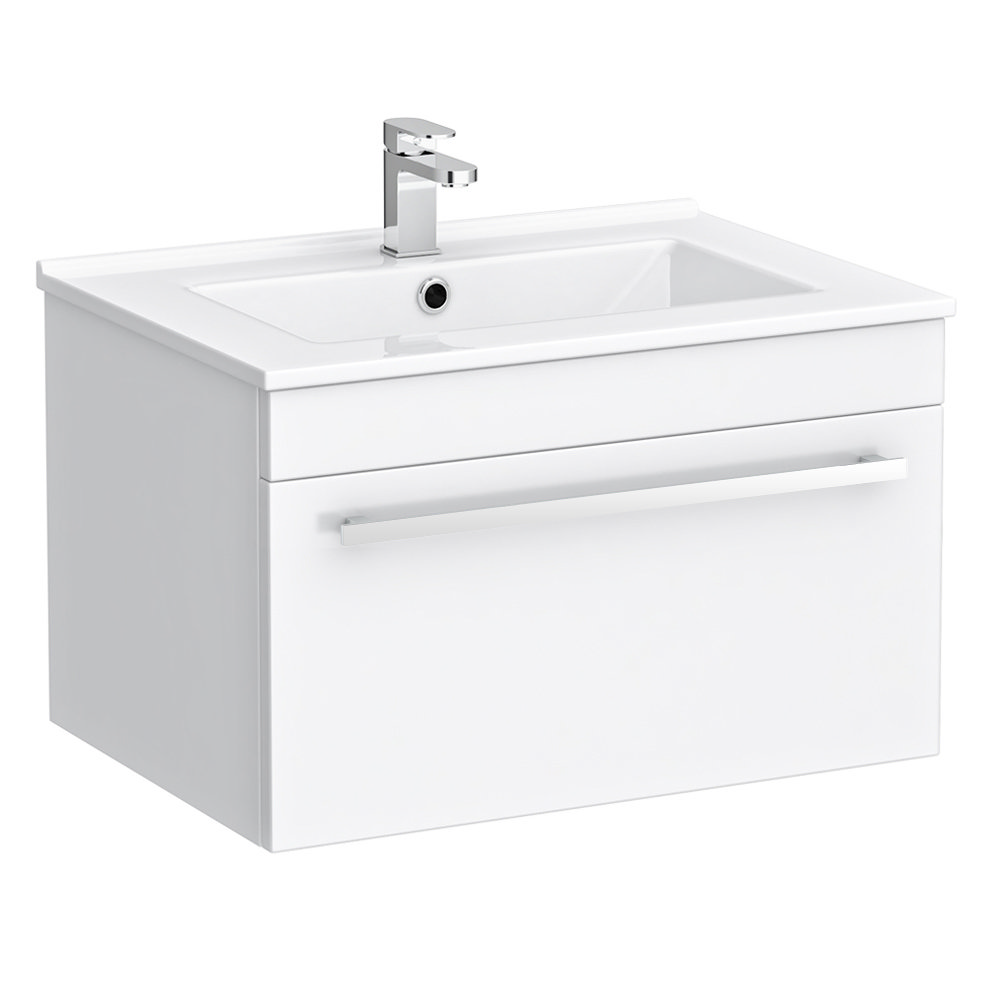
* Please be aware that although you may wish to install this particular item yourself, it may be a more sensible option to call a plumber if you aren’t too sure that you are capable of a successful installation. This will help avoid the potential for things to go wrong.
I hope this expert DIY guide has given you the confidence to transform your bathroom!
